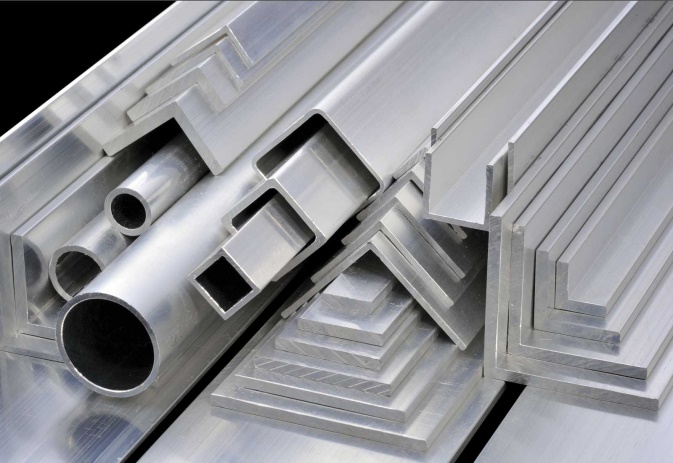Aluminum is a very unique metal and is used for a variety of purposes. The metal has versatile abilities and is cheap. The metal possesses high strength and is eco-friendly.
Aluminum Extrusion Finishing
On exposure to the air, a thin layer of natural and transparent oxide film forms on the surface. This film acts as a resistive barrier against corrosion. This protective layer is basically the surface finishing of the metal. For some applications, no more layer is required for the finishing than the natural layer.
However, for appearance purposes enhancement of environmental protection, an added layer of protection becomes necessary. For an enhanced surface and extra protection, aluminum extrusions can be finished with a variety of paints, mechanical treatments, or anodizing processes.
As aluminum has such a good property of resistivity to corrosion, it rarely needs surface treatments. But in some cases, it needs a finish for protection against corrosion and other multiple reasons. The other reasons for treatment include: color, hardness, reflectivity, improving resistivity to wear, and electrical insulation etc.
Just like the reasons, a treatment holds many benefits or advantages. Its impact drastically improves the properties of aluminum. It enhances:
Look or appearance
Increases resistivity to wear and corrosion
Improving hardness and abrasion
Why Should You Consider Adding Aluminum Finish?
We have combined three main reasons for the application of additional artificial finish to your custom aluminum extrusion.
Environmental Protection
Natural oxide films protect the metal from corrosion but during the fluctuations in the environment, extra care is needed. Humidity, moisture, and extreme weather fluctuations can accelerate corrosion. To save the metal from corrosion it is important to add an extra layer of protection.
Metal Preparation
If you are planning to paint the metal then in order to prepare it an extra layer of finish is necessary. To thicken the natural oxide film on the surface of the metal, a process of Anodizing is carried out. The process enhances the resistibility of aluminum against corrosion.
Enhanced Appearance
To please the eyes, finishing the surface becomes important. The first demand of the consumer product is an aesthetically pleasing product. You have options between; a bright color product, a textured look, or a mirror finish.
Types of Finishes for Extruded Aluminum
The cost of finishing depends on the choice of techniques. A fine surface requires a high cost.
1. Mechanical Finishes
Mechanical Finishes are used for adding a texture to the surface. They can enhance the quality of the surface and can prepare the surface for further finishes. Techniques; buffing, blasting, polishing, and sanding.
2. Pretreatment
Aluminum is cleaned with an alkaline or acidic solution, then a coat of Pretreatment is applied on the surface. This process protects the surface against corrosion and builds up paint adhesion.
3. Chemical Process
The chemical process is when the aluminum is dipped into a chemical solution. The most used technique is bright dipping. Aluminum is placed in a solution of nitric acid or phosphoric acid. Bright dipping gives a mirror effect.
4. Anodizing
A chemical and electrical process combined. It thickens the oxide film for additional protection against corrosion. A porous anodic oxide layer forms over the surface. An anodized finish will allow vibrant colors on the surface.
5. Liquid paint
Liquid paint coatings carry volatile organic compounds. Volatile organic compounds are driven off during the baking process, leaving a thick film on extrusion. Liquid paints come in a variety of colors.
6. Powder coating
Volatile organic compounds have environmental limitations, this is where powder coating comes in. Powder coating can enhance the rigidity of the film. Powder coatings are applied as solid while going through the baking process the powder stiffens.
7. Sublimation
Before the baking process of powder coatings, sublimation can be carried out. The profiles are wrapped in a thin film with any sort of pattern, during the baking process the pattern is transferred to the extrusion.
Conclusion
Aluminum extrusions are important when you are designing different projects and products. An appropriate finish will make sure that the extrusions are eye-appealing and corrosion resistive at the same time. The finished treatment can be made depending upon the requirement.


Great info, thanks for sharing it